Welcome to KUMOTOS ELECTRIC!
Let everyone quickly understand the history of chips
2022/10/29 10:46:15
Most of the previous articles in this series have focused on technology, which can be a bit obscure for non-chip practitioners to read, and in order to give the technology temperature, we add a few chapters to the brief history of chips. The prequel story is very strong, mainly introduces the history of the chip, and how the chip has become a tool of the great power game step by step. The purpose is to play a certain role in popular science, and strive to tell the context of the story clearly, avoid too much technology, and let everyone quickly understand the history of the chip. Those interested in technical content can check out this link.
Our story begins with a few moths, moving back in time to nearly 80 years ago. 1945. World War II. The United States on the other side of the ocean has built a lot of missiles, but throwing missiles out to calculate the trajectory, the calculation is very large, resulting in unusually slow calculation. A group of buddies at Binzhou University have amassed a big thing and named it with Chinese characteristics: Love You Ah Q (ENIAC), the first general-purpose electronic computer in human history. Before that, human computing tools were basically rudimentary, relying mainly on tying ropes or strapping abacus beads. When the new computer was built, it could perform 5,000 additions and 400 multiplications per second. That's a thousand times faster than a human can calculate. This thing, even though it's called a computer, has one small drawback over today's PCS: it's a lot crazier. See the picture above. It is 30 meters long and 6 meters wide and covers an area of 170 square meters. A total of 1.7w multiple vacuum tubes were used.
Vacuum tube
Because of the vacuum tube thing, it runs glowing, always attracting moths and causing them to burn out. Therefore, it is necessary to send a large number of engineers to remove bugs (debug) every day to prevent the vacuum tube from burning out. A moth to the fire is always used to describe a wonderful love story, but for the engineers who find a moth every day at that time, it is not so beautiful and sweet. After all, if the 1.7w vacuum tube is broken, this behemoth may be disabled...
In fact, the role of the electron tube in the computer is nothing more than a 0,1 switch. 1.7w switches in turn that's not gonna fix it. Mr. Shawshank's cousin, William Shockley, was poached by Bell LABS after his M.I.T. doctorate. While moving bricks at Bell LABS, it was discovered that if the semiconductor silicon material was placed in an electric field, the electric field would snatch electrons from the edge of the silicon, and if enough electrons gathered, the semiconductor material could conduct electricity, so that a switch controlled by the electric field was created. When this theory was proposed, people basically thought it was bullshit.
Shockley
However, three years later, in 1948, Shockley suddenly took out a thing from his trouser pocket, this thing is composed of three semiconductors, the outside two semiconductors have excess electrons, can conduct electricity, the middle semiconductor is connected to the semiconductor at both ends (Source level and Drain level source, Drain) will be switched off, do not connect the switch. He gave it a name: the transistor, which later became known as the transistor.
If the chip is a tall building, then at this time Shockley invented an indispensable thing: brick. He was reportedly pleased with the invention himself, and even held a press conference, though the crowd was not as large as expected. But in fact, the improvements made by the transistor are huge. In 1954, Bell LABS built TRADIC, the world's first transistorized computer, using 700 transistors +1w diodes to run one million logic operations per second. It's qualitatively different from ENIAC.
In 1952, Shockley's company, Bell LABS, bowed to U.S. antitrust pressure and began licensing transistor patents at low prices. Shockley found himself able to make a few bucks, so in 1955 he formed a company to commercialize his own product, Shockley Semiconductor. Shockley chose a place with mountains and water south of Stanford University, which slowly got a new name because of the semiconductor industry's takeoff: Silicon Valley. Shockley was a good scientist, but obviously not a good leader. Where there are people, there are rivers, and Shockley is clearly a river. He's stubborn and paranoid, and often does what I dream of killing people. After the PUA on employee sustainability, the eight employees under him quit, we can call them the eight gourd children (of course, Xiao Ge called them the "eight rebels").
Here is a list of dishes, see if you know some. They are: Robert Noyce, Gordon Moore, Julius Blank, Eugene Kleiner, Jean Hoerni, six children Jay Last, seven children Sheldon Roberts and eight children Victor Grinich. It is these eight gourd children that created today's semiconductor industry, and their glorious deeds we will mention later. Together, they created a Semiconductor company: Fairchild Semiconductor. The Chinese translation is Fairchild Semiconductor, but the English language seems to vaguely reveal the injustice of Shockley. A dog's head. In fact, they found a big guy named Fairchild to back them, so the company was simply called FairChild.
Eight rebels, all handsome
Although there is a transistor, but the transistor at the beginning and the same as the tube, is a discrete component, need to rely on engineers to manually connect, this thing is very laborious mass production, seriously limiting the scale of the circuit, once the circuit is slightly larger, the workload seems to add a manhole cover to the Pacific Ocean. There is a saying that laziness is the driving force for the development of human society. A lot of people are starting to think about how hard it is to integrate transistors. Two well-known companies are working particularly fast. One is Fairchild, of course, and the other is familiar: Texas Instruments.
Let's start with Texas Instruments. In 1952, a young man named Jack Kiby was sent to Bell LABS for further study, and he immediately saw the transistor. Go back and copy the transistor one to one. But the boss didn't have the money to invest, so Jacky decided to take his bucket and run. He eventually went to Texas Instruments (TI) in 1958. Texas is a place full of martial arts and generous people. Corporate bosses, of course, have to be generous with their money. At that time, the idea of Texas Instruments to solve the circuit care was to make transistors, resistors and capacitors into devices of uniform size and shape, but this solution did not essentially solve the problem. Kilby set out to solve the problem.
In August 1958, Texas was getting hot, and Texas Instruments gave its old employees a two-week summer vacation. As a new employee, Jacky is not eligible for leave. Different from ordinary people, the boss left the fish will be bald, Jacky used this time to hold in the company to make a big move. He found that it was possible to make many devices, such as capacitor and resistance transistors, entirely on a single chip and then connect them with thin metal wires. After the holiday, he reported his idea to the leader, who said no, but in order to give the young man a chance, he agreed to let him try. Since Texas Instruments did not have silicon wafers at the time, Jackky chose silicon, its younger brother germanium. At the end of the month, he actually saved his circuit board, and the world's first integrated circuit (or chip) was born. On March 6, 1959, Texas Instruments announced its own integrated circuit with great fanfare.
Back to the eight rebellious Fairchild Semiconductors. In fact, they are the transistor ancestral disciple. At this time, Jean Hoerni at Fairchild invented a flat process to flatten transistors onto silicon wafers, allowing them to create transistors that were smaller in size. Just two months before Texas Instruments' announcement, Robert Noyce, one of the eight rebels, wrote in his work notes this paragraph: "By making various devices on the same silicon chip, and then connecting them with a flat process, you can make a multifunctional electronic circuit." This technology can reduce the size of the circuit, reduce the weight, and reduce the cost." This is actually the principle of integrated circuits. Before the big baby could turn his idea into reality, Texas Instruments pulled out the integrated circuit two months later. Big kid missed out on being the father of the IC. Big baby regret this.
But the big baby found the Hua point when watching the integrated circuit of Texas Instruments, what age, why are you still manually connected? It's hard to mass produce something once it's manual. He quickly thought that the flying line problem could be solved by making electronic components into low plates, then etching them on silicon wafers, and finally evaporating and depositing a layer of metal on the bottom plate. At this point, the prototype chip has finally been made. (Note: If you are interested in how modern chips are technically made read my article)
1 The origin of moth fire and debug
Our story begins with a few moths, moving back in time to nearly 80 years ago. 1945. World War II. The United States on the other side of the ocean has built a lot of missiles, but throwing missiles out to calculate the trajectory, the calculation is very large, resulting in unusually slow calculation. A group of buddies at Binzhou University have amassed a big thing and named it with Chinese characteristics: Love You Ah Q (ENIAC), the first general-purpose electronic computer in human history. Before that, human computing tools were basically rudimentary, relying mainly on tying ropes or strapping abacus beads. When the new computer was built, it could perform 5,000 additions and 400 multiplications per second. That's a thousand times faster than a human can calculate. This thing, even though it's called a computer, has one small drawback over today's PCS: it's a lot crazier. See the picture above. It is 30 meters long and 6 meters wide and covers an area of 170 square meters. A total of 1.7w multiple vacuum tubes were used.
Vacuum tube
Because of the vacuum tube thing, it runs glowing, always attracting moths and causing them to burn out. Therefore, it is necessary to send a large number of engineers to remove bugs (debug) every day to prevent the vacuum tube from burning out. A moth to the fire is always used to describe a wonderful love story, but for the engineers who find a moth every day at that time, it is not so beautiful and sweet. After all, if the 1.7w vacuum tube is broken, this behemoth may be disabled...
2 Transistors were born
In fact, the role of the electron tube in the computer is nothing more than a 0,1 switch. 1.7w switches in turn that's not gonna fix it. Mr. Shawshank's cousin, William Shockley, was poached by Bell LABS after his M.I.T. doctorate. While moving bricks at Bell LABS, it was discovered that if the semiconductor silicon material was placed in an electric field, the electric field would snatch electrons from the edge of the silicon, and if enough electrons gathered, the semiconductor material could conduct electricity, so that a switch controlled by the electric field was created. When this theory was proposed, people basically thought it was bullshit.
Shockley
However, three years later, in 1948, Shockley suddenly took out a thing from his trouser pocket, this thing is composed of three semiconductors, the outside two semiconductors have excess electrons, can conduct electricity, the middle semiconductor is connected to the semiconductor at both ends (Source level and Drain level source, Drain) will be switched off, do not connect the switch. He gave it a name: the transistor, which later became known as the transistor.
If the chip is a tall building, then at this time Shockley invented an indispensable thing: brick. He was reportedly pleased with the invention himself, and even held a press conference, though the crowd was not as large as expected. But in fact, the improvements made by the transistor are huge. In 1954, Bell LABS built TRADIC, the world's first transistorized computer, using 700 transistors +1w diodes to run one million logic operations per second. It's qualitatively different from ENIAC.
3 Eight gourd children set up Fairchild, the chip was first messed out by Texas Instruments
In 1952, Shockley's company, Bell LABS, bowed to U.S. antitrust pressure and began licensing transistor patents at low prices. Shockley found himself able to make a few bucks, so in 1955 he formed a company to commercialize his own product, Shockley Semiconductor. Shockley chose a place with mountains and water south of Stanford University, which slowly got a new name because of the semiconductor industry's takeoff: Silicon Valley. Shockley was a good scientist, but obviously not a good leader. Where there are people, there are rivers, and Shockley is clearly a river. He's stubborn and paranoid, and often does what I dream of killing people. After the PUA on employee sustainability, the eight employees under him quit, we can call them the eight gourd children (of course, Xiao Ge called them the "eight rebels").
Here is a list of dishes, see if you know some. They are: Robert Noyce, Gordon Moore, Julius Blank, Eugene Kleiner, Jean Hoerni, six children Jay Last, seven children Sheldon Roberts and eight children Victor Grinich. It is these eight gourd children that created today's semiconductor industry, and their glorious deeds we will mention later. Together, they created a Semiconductor company: Fairchild Semiconductor. The Chinese translation is Fairchild Semiconductor, but the English language seems to vaguely reveal the injustice of Shockley. A dog's head. In fact, they found a big guy named Fairchild to back them, so the company was simply called FairChild.
Eight rebels, all handsome
Although there is a transistor, but the transistor at the beginning and the same as the tube, is a discrete component, need to rely on engineers to manually connect, this thing is very laborious mass production, seriously limiting the scale of the circuit, once the circuit is slightly larger, the workload seems to add a manhole cover to the Pacific Ocean. There is a saying that laziness is the driving force for the development of human society. A lot of people are starting to think about how hard it is to integrate transistors. Two well-known companies are working particularly fast. One is Fairchild, of course, and the other is familiar: Texas Instruments.
Let's start with Texas Instruments. In 1952, a young man named Jack Kiby was sent to Bell LABS for further study, and he immediately saw the transistor. Go back and copy the transistor one to one. But the boss didn't have the money to invest, so Jacky decided to take his bucket and run. He eventually went to Texas Instruments (TI) in 1958. Texas is a place full of martial arts and generous people. Corporate bosses, of course, have to be generous with their money. At that time, the idea of Texas Instruments to solve the circuit care was to make transistors, resistors and capacitors into devices of uniform size and shape, but this solution did not essentially solve the problem. Kilby set out to solve the problem.
In August 1958, Texas was getting hot, and Texas Instruments gave its old employees a two-week summer vacation. As a new employee, Jacky is not eligible for leave. Different from ordinary people, the boss left the fish will be bald, Jacky used this time to hold in the company to make a big move. He found that it was possible to make many devices, such as capacitor and resistance transistors, entirely on a single chip and then connect them with thin metal wires. After the holiday, he reported his idea to the leader, who said no, but in order to give the young man a chance, he agreed to let him try. Since Texas Instruments did not have silicon wafers at the time, Jackky chose silicon, its younger brother germanium. At the end of the month, he actually saved his circuit board, and the world's first integrated circuit (or chip) was born. On March 6, 1959, Texas Instruments announced its own integrated circuit with great fanfare.
An integrated circuit from Texas Instruments
4 Fairchild Semiconductor's important improvement to the chip - eliminate the fly line
Back to the eight rebellious Fairchild Semiconductors. In fact, they are the transistor ancestral disciple. At this time, Jean Hoerni at Fairchild invented a flat process to flatten transistors onto silicon wafers, allowing them to create transistors that were smaller in size. Just two months before Texas Instruments' announcement, Robert Noyce, one of the eight rebels, wrote in his work notes this paragraph: "By making various devices on the same silicon chip, and then connecting them with a flat process, you can make a multifunctional electronic circuit." This technology can reduce the size of the circuit, reduce the weight, and reduce the cost." This is actually the principle of integrated circuits. Before the big baby could turn his idea into reality, Texas Instruments pulled out the integrated circuit two months later. Big kid missed out on being the father of the IC. Big baby regret this.
But the big baby found the Hua point when watching the integrated circuit of Texas Instruments, what age, why are you still manually connected? It's hard to mass produce something once it's manual. He quickly thought that the flying line problem could be solved by making electronic components into low plates, then etching them on silicon wafers, and finally evaporating and depositing a layer of metal on the bottom plate. At this point, the prototype chip has finally been made. (Note: If you are interested in how modern chips are technically made read my article)
Latest Products
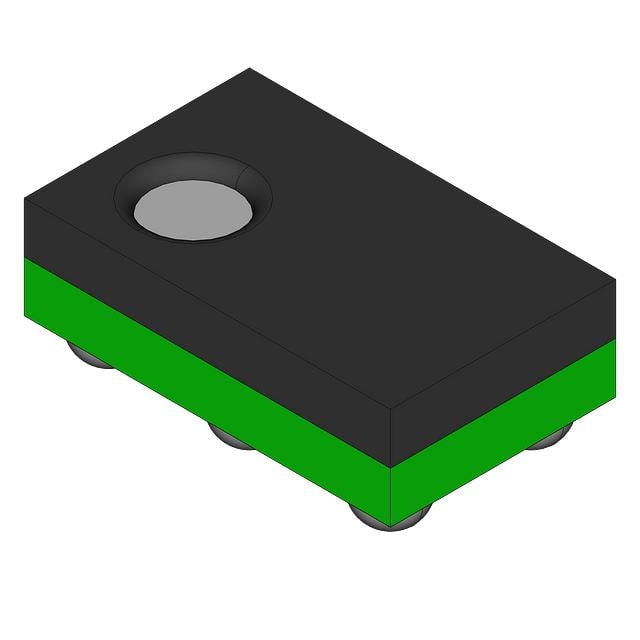
-
IP5002CX8/P135
NXP USA Inc.

-
ADAU7002ACBZ-RL
Analog Devices Inc.
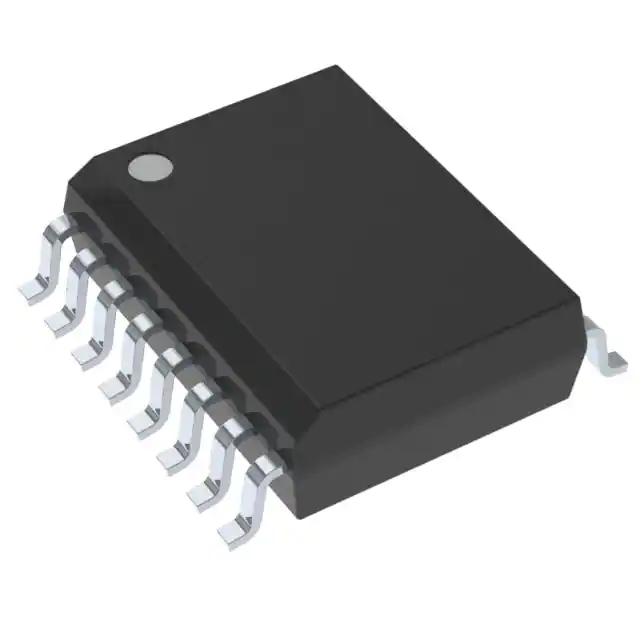
-
PGA2320IDW
Texas Instruments

-
SRC4184IPAG
Texas Instruments
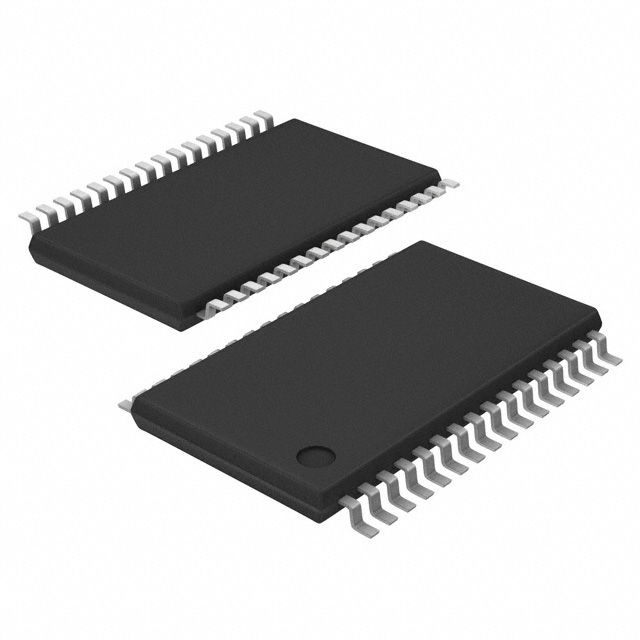
-
MUSES72320V-TE2
Nisshinbo Micro Devices Inc.
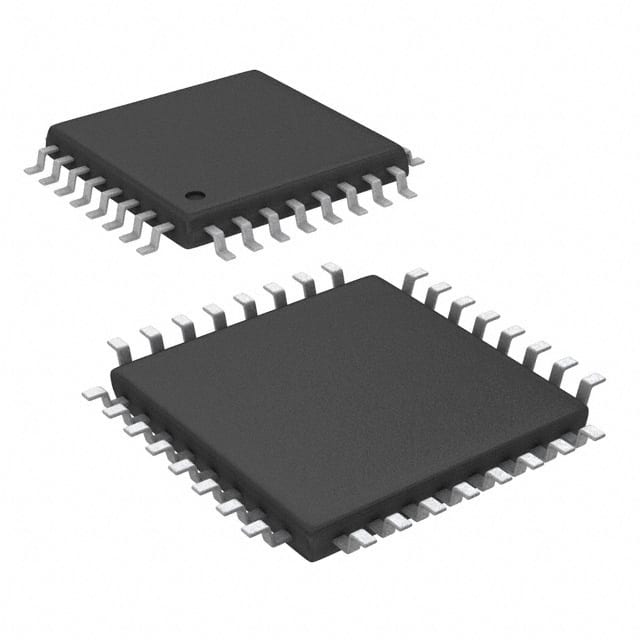
-
PCM2706CPJT
Texas Instruments
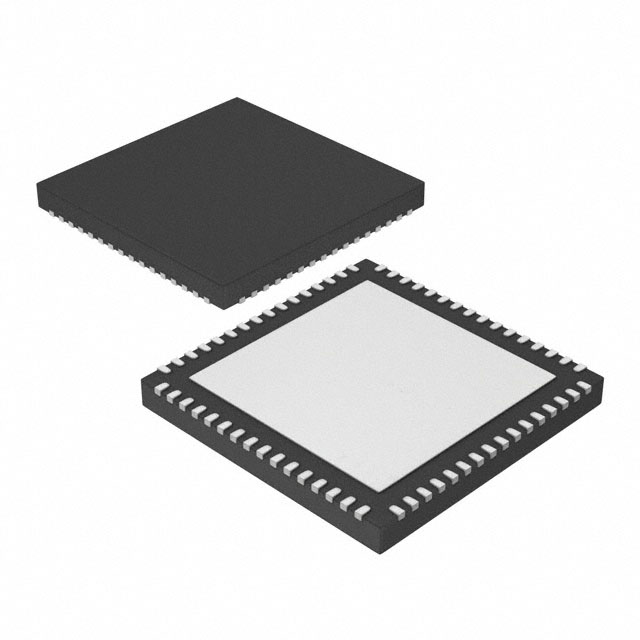
-
ZL38040LDG1
Microchip Technology

-
PGA2310UA/1K
Texas Instruments
-
Tel
+0 123 45645626 -
Whatsapp


